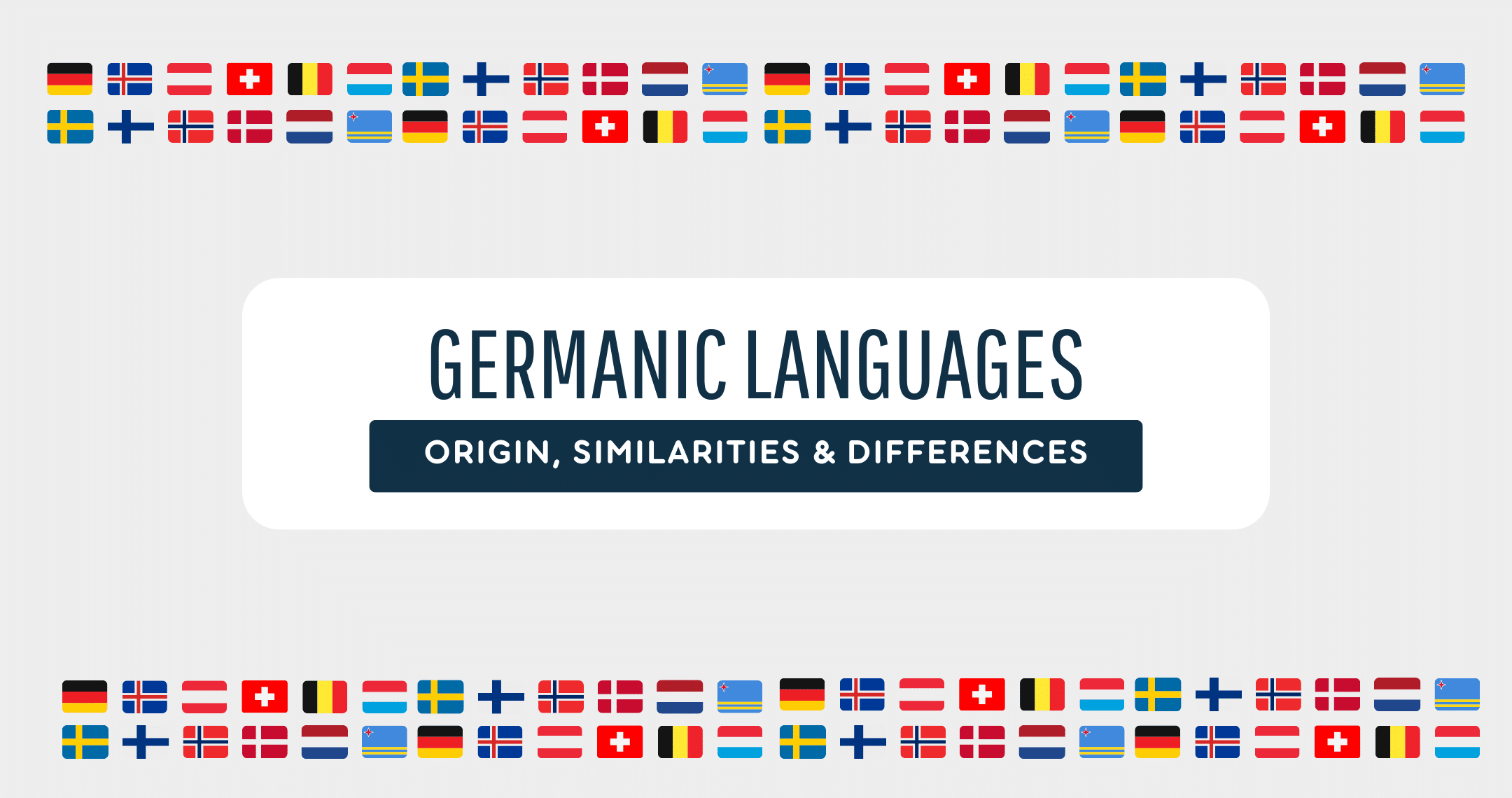Informational
The Genealogy of the West Germanic Language: Origins and Evolution

The West Germanic language family is one of the major branches of the larger Germanic language group, which itself is part of the Indo-European language family. This lineage traces its origins to ancient linguistic roots, evolving over millennia into some of the world’s most widely spoken languages, such as English, German, and Dutch. Understanding the genealogy of West Germanic languages requires delving into the history of their development, their distinctive features, and the socio-historical factors that shaped their evolution.
Origins of West Germanic Languages
The Germanic language family is believed to have originated from the Proto-Germanic language, which was spoken by the early Germanic peoples around the 1st millennium BCE in Northern Europe. The Germanic tribes eventually split into different groups, giving rise to three main branches: North Germanic, East Germanic, and West Germanic.
The West Germanic branch emerged around the middle of the first millennium CE. The West Germanic-speaking peoples primarily occupied territories that are now modern-day Germany, the Netherlands, and parts of Denmark. By the early medieval period, this branch had split into several distinct languages, which would later evolve into today’s major West Germanic languages.
Key Divisions Within West Germanic
The West Germanic language family can be divided into three main subgroups:
- Old High German (OHG): This language was spoken by the Germanic tribes in what is now southern Germany, Switzerland, and Austria. It formed the basis for modern German. The term “High” refers to the geographical elevation of the areas where the language was spoken, as opposed to “Low” German, which was spoken in the northern lowlands.
- Old Low German (Old Saxon): Spoken primarily in northern Germany and the Netherlands, this branch gave rise to modern Low German dialects and influenced modern Dutch. Old Saxon played a significant role in the development of the Anglo-Saxon language (Old English) when the Saxons, Angles, and Jutes migrated to England in the 5th century CE.
- Old English: Brought to Britain by the Anglo-Saxons around the 5th century CE, Old English was heavily influenced by Old Norse (brought by Viking invasions) and later Latin (due to Christianization). This language eventually evolved into Middle English and later Modern English, now one of the most globally spoken languages.
Evolution of West Germanic Languages
The development of West Germanic languages has been shaped by both internal linguistic changes and external cultural, political, and historical influences. Several key stages in this evolutionary process include:
- Sound Shifts: The West Germanic languages underwent significant phonological changes, such as the Grimm’s Law and Verner’s Law, which explain shifts in consonant sounds from Proto-Indo-European to Proto-Germanic, and then further shifts within West Germanic. For example, the High German consonant shift marked the transition from Old High German to Middle High German, and then to modern Standard German.
- For more information: Spanischunterricht in Havanna, Kuba
- The Influence of Latin and French: Latin had a significant influence on many West Germanic languages, particularly through religious and scholarly contexts. In England, the Norman Conquest in 1066 led to a period of heavy borrowing from Norman French, which profoundly shaped the vocabulary and grammar of Middle English.
- Standardization and Divergence: By the late medieval period, the various West Germanic dialects began to standardize into what we now recognize as modern languages. For instance, Martin Luther’s translation of the Bible in the 16th century helped to standardize the German language. Similarly, the printing press and the rise of nation-states played key roles in the standardization of English, Dutch, and German.
Major Modern West Germanic Languages
- English: Modern English is the most widely spoken of the West Germanic languages, with over 1.5 billion speakers globally. Its unique evolution, including significant borrowing from Norse, Latin, and French, has resulted in a highly mixed vocabulary and relatively simplified grammar compared to its Germanic relatives.
- German: German is the second most widely spoken West Germanic language, with about 100 million native speakers. It retains more complex grammatical features, such as noun cases and a richer inflection system, than English or Dutch.
- Dutch: Dutch, with around 25 million speakers, serves as an intermediary between English and German in terms of grammar and vocabulary. It has also influenced other languages, particularly Afrikaans, spoken in South Africa, which emerged as a distinct language from Dutch settlers’ speech during the colonial era.
- Frisian: Frisian is the closest living relative to English and is spoken by about half a million people in the Netherlands and parts of Germany. Although small in number, Frisian has remained distinct, preserving many ancient linguistic features shared with early forms of English.
- Yiddish: Yiddish, derived primarily from Middle High German, is spoken by Ashkenazi Jewish communities worldwide. It incorporates significant elements of Hebrew, Aramaic, and Slavic languages, making it a unique and culturally significant member of the West Germanic family.
Linguistic Features of West Germanic Languages
West Germanic languages share several common features inherited from Proto-Germanic, including:
- Verb-second (V2) word order: In main clauses, the verb typically appears as the second element, regardless of what comes first.
- Strong and weak verbs: Strong verbs form their past tense through vowel changes (e.g., sing/sang in English), while weak verbs use a dental suffix (e.g., walk/walked).
- Noun declension: While some languages like German retain a rich system of noun cases, others, like English, have simplified it over time.
Conclusion
The genealogy of the West Germanic language family offers a fascinating insight into the intricate web of linguistic evolution. From their shared Proto-Germanic roots to their divergent paths influenced by historical events and cultural contact, West Germanic languages have developed into some of the world’s most influential and widely spoken tongues. Understanding this history not only illuminates the past but also provides context for the ongoing changes and adaptations these languages continue to undergo today.











